
eXtensions - Friday 10 October 2025
By Graham K. Rogers

Are we to see M5 Macs and iPads soon? A timely Underdogs video appears this week. FindMy and the theft of 40,000 smartphones. Batteries used in some devices may not be good enough, a Lumafield report shows. AI tales of substandard output. OpenAI asks the EU for more of your data, insisting that Google, Apple and Microsoft open the doors.
Rumors are coming thick and fast suggesting that M5 Macs and an M5 iPad Pro are imminent. This makes some sense, about a month after the new iPhones, and a couple of weeks before Apple's Q4 2025 results are to be announced. A good range of products and some excitement in the press would go some way to limiting the usual financial pundit negativity.
This week Apple has put out one of its Underdogs videos. In the light of the rumors, and other news, this seems well-timed. Without mentioning any competitor by name it takes a swing at the blue screen of death and this is based on a particular attack - Crowdstrike - that left many users with unusable computers (Jonny Evans, Apple Must). Needless to say the heroes have the only working device at a show they are attending, and their altruism leads indirectly to the sales contract they were after. I particularly liked a scene almost at the end when a man was handing out Mac mini boxes to other exhibitors. We note that sales of Macs have increased year over year for the second quarter (Dennis Sellers, AppleWorld Today). Where I work, which used to be a PC-only domain, there are several Macs, iPads and iPhones, even though some specific engineering apps are PC-only.
As well as a number of health features that have helped users since they appeared on the Watch and iPhone, there are system-wide helpers that most users never use, at least until they are in trouble. On the Watch for example is a button that helps a user track down an iPhone with a sound. This was shown briefly in that Underdogs video along with several other helpful tricks. I have lost and found iPhones down the backs of chairs, in a room different from where I was searching, and once in a laundry basket. I also see messages linked to FindMy.
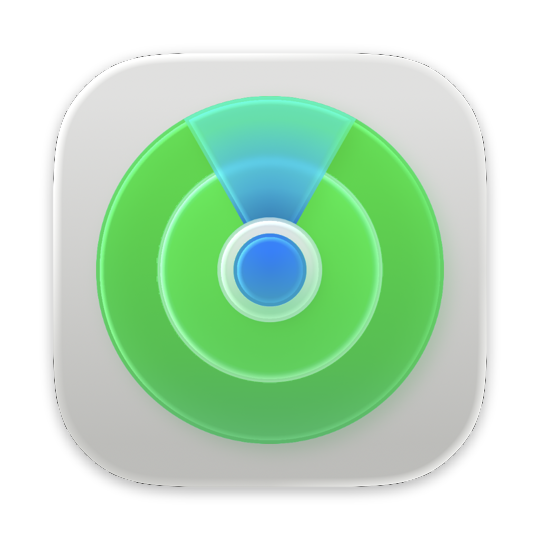 For example I left my phone in the office one afternoon and had to ask the taxi to return when a message appeared on my Watch. The same feature warns me if I have left other devices behind: sometimes deliberately, sometimes through forgetting, sometimes when my morning taxi takes a bag of clothes to the laundry (there is an AirTag in the bag). Most I can ignore. When my PowerBook was stolen some years ago, these features were not available and the loss hit hard at the time.
For example I left my phone in the office one afternoon and had to ask the taxi to return when a message appeared on my Watch. The same feature warns me if I have left other devices behind: sometimes deliberately, sometimes through forgetting, sometimes when my morning taxi takes a bag of clothes to the laundry (there is an AirTag in the bag). Most I can ignore. When my PowerBook was stolen some years ago, these features were not available and the loss hit hard at the time.
I try to be careful with the devices, particularly the iPhone, but these are attractive to thieves. In London, a gang stole thousands of iPhones and other devices (earning £300 per theft). Those devices found their way to China, where unlocked iPhones are attractive in circumventing the Great Firewall, and can cost some $5360 each there.
Despite the phones being wrapped in foil (to shield signals), one such stolen phone was tracked by its owner to a warehouse near Heathrow Airport, ready to be shipped to Hong Kong. As Mike Wuerthele & Malcolm Owen (AppleInsider) note, although FindMy is usually ignored by the police, they managed to arrest a couple of men, and then tracked down a gang of some 18 people who had 2,000 phones in their possession and were suspected of shipping some 40,000 to China.
Despite the arrests, and this success, the writers are critical of the police and politicians who want Apple to do more to prevent theft. A start might be if the police took notice of those complainants who showed the police they were tracking the phones but were ignored. When I was tracking my lost PowerBook (using an app called Undercover), I went with several Thai police officers to a location that I had tracked it to although we were unsuccessful. It was last tracked to Ireland, but some of the security had held up: it was still being used in an open (honeytrap) "Student" account, so the users had not been able to enter the Admin or user accounts to change other settings.
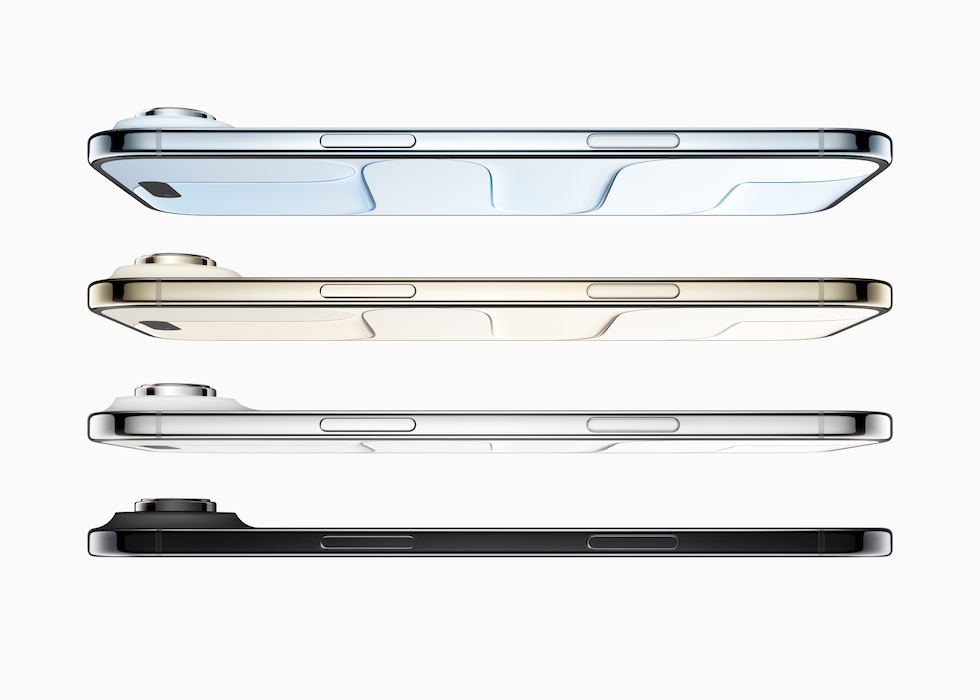
A few years ago there were a number of reports about smartphones catching fire. The cause was often the battery and as a result the authorities placed restrictions on how devices with lithium-ion batteries could be carried (by passengers) and shipped. The packaging that Apple developed for the iPhone was interesting, particularly in the way the device was held in a way that separated it from the exterior packaging. Some of the incidents on aircraft and elsewhere created some interesting reactions.
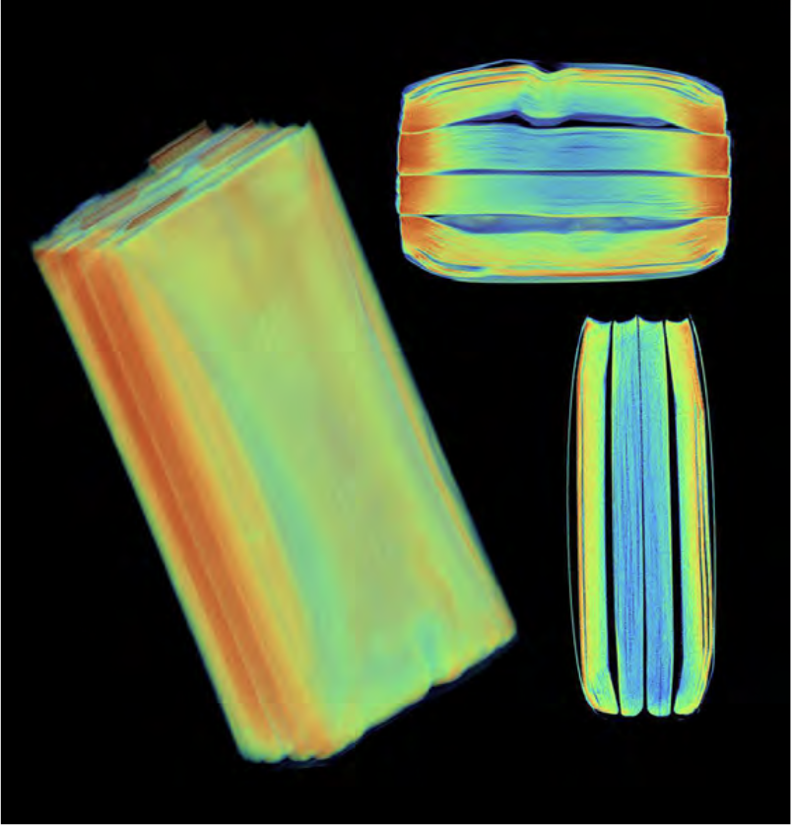 I remember when an iPhone 4 caught fire on an Australian Airlines flight in 2011. The authorities took the device for examination and it was found that in an unauthorized repair a screw had been misplaced causing a short circuit. There was a similar event in Thailand when a vociferous iPhone owner declared to the media that he would never buy an Apple product again. He was uncharacteristically silent when the forensic examination (done in an independent lab) revealed that a cheap repair job had probably caused damage to the battery.
I remember when an iPhone 4 caught fire on an Australian Airlines flight in 2011. The authorities took the device for examination and it was found that in an unauthorized repair a screw had been misplaced causing a short circuit. There was a similar event in Thailand when a vociferous iPhone owner declared to the media that he would never buy an Apple product again. He was uncharacteristically silent when the forensic examination (done in an independent lab) revealed that a cheap repair job had probably caused damage to the battery.
I was reminded of these stories (and others) by an article in The Verge by Andrew Liszewski about a report on batteries by Lumafield. Using CT scanners, it examined over 1,000 batteries from reputable manufacturers like Samsung and Panasonic, as well as counterfeit batteries. It was found that "Nearly 8 percent of lithium-ion batteries from questionable low-cost brands could have dangerous manufacturing defects." These batteries were used in "electric toothbrushes, power tools, e-bikes, power banks, and even electric cars".
There is no mention of smartphones in this test, although images of batteries used for these are shown. With the cost of OEM replacement, users of unauthorized repair shops may find such alternatives an attractive alternative: until the battery catches fire, that is. I requested a copy of the report from Lumafield, who provide testing services for industry. It arrived shortly after the request: a well written PDF, with useful illustrations, and clear explanations. The screenshot from the report shows a "CT scan of a swollen lithium-ion pouch cell battery pack, with X and Y cross sections" (Lumafield).
I am a fan of the Apple Watch and it is part of the health monitoring I do every day: sleep, weight, temperature, exercise, heart and more. When some new features are added, like the ECG, users in each country may have to wait a while until the local authorities approve its use. That ECG feature took months to arrive; the Sleep Apnea feature was authorized more quickly. Although the Watch cannot check blood pressure, recently Apple introduced a feature for warning users about the potential for Hypertension, using the heart data it collects and applying an algorithm it developed after testing. The FDA authorized the use of this feature (in the USA) within days of its announcement early last month. This is now being rolled out in other countries. Dennis Sellers (AppleWorld Today) writes that the Hypertension feature is now available for users in Bahrain, Canada and SIngapore.
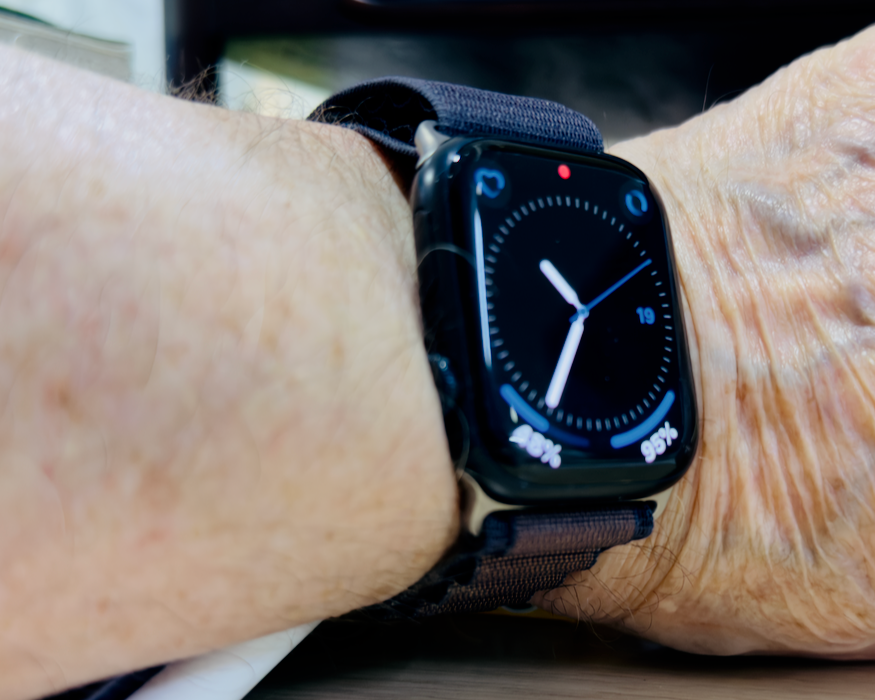
Perhaps related to the Apple Watch is a report from Wesley Hilliard (AppleInsider) who writes that influencers (only one is specifically mentioned) have been invited to Colorado. All we are told is that the influencer has been handed a backpack with goodies inside and that he will be "hitting the road for 11 days." Whether this is for reasons of photography, or using the Apple Watch Ultra (or both) is not revealed. It is interesting, however, that Apple is inviting influencers more and more these days. The last time I was invited to WWDC I was the only writer from the area. The other invitees were a pair of vloggers and the personable Aticharn Cherngchavano from Spin9.
A colleague recently confessed that she had used AI when writing a recommendation for a student. I use the word, confessed, deliberately, as she appeared contrite when she told me. Like many at work, she is aware that I am against the use of AI for academic writing, although I can quite see the sense of it for other applications: astronomy, fast checking of images to identify cancers or other health problems. Almost daily I am asked to check PR handouts which contain odd word choices: thick with the use of unctuous adjectives and adverbs. I am concerned not only with the quality of the output, but the point that writing itself is part of thinking. Students need to learn how to use the basic tools before trusting in a magic fix.
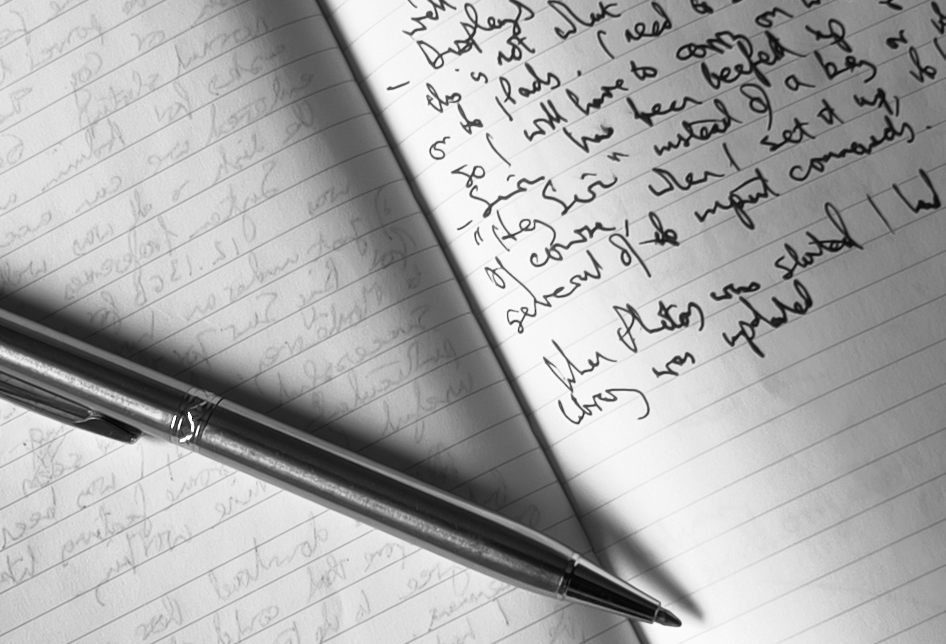
My colleague had tried ChatGPT to see what it could produce, but like me had recognized instantly that the output was not what she would write. However, even though she knew it was AI output, she could not put her finger on the specific points that would identify that as the source. She asked me to look through it. I was able to identify 2 problems in the first 4 words (it's what I do): a grammar point and an unctuous adjective.
As I went through, I explained some of the finer points of the constructions, and (especially) the words used, some of which were not quite right: AI malapropism. Thai writers use a lot of adverbs when they translate into English. It appears that ChatGPT also has this characteristic. I advised, Cut, cut, cut, starting with adverbs and adjectives. Avoid multisyllabic words. It may look smart, but this affects readability.
In a report this week, Jonny Evans writes that OpenAI has gone to the EU to insist that regulators force Apple, Google and Microsoft, "to open up their systems, arguing that 'access to key data is essential' to maintain competition in the AI market". I had to read that a few times to take in some of the implications. Google is the main target as it "continues to dictate terms around access to data" and that bottleneck is restricting growth at OpenAI. I see that as a point in favor of Google.
 Evans also suspects that OpenAI intends to force Apple to make more user data available to third parties, even if users do not want that. He speculates that "it does look rather as if when setting up Apple devices we'll eventually need to be given a choice of whether we want to share our data with third parties or not." I am already careful which sources are allowed access to my data. Also commenting on this is Oliver Haslam (AppleInsider) who is just as wary.
Evans also suspects that OpenAI intends to force Apple to make more user data available to third parties, even if users do not want that. He speculates that "it does look rather as if when setting up Apple devices we'll eventually need to be given a choice of whether we want to share our data with third parties or not." I am already careful which sources are allowed access to my data. Also commenting on this is Oliver Haslam (AppleInsider) who is just as wary.
There is a good analysis in a MacWorld article written under the guise of humor. The Macalope, like jesters of the past, writes a lot of truths when skewering some would-be serious commentators. The article suggests that Apple may have missed shipping an enhanced Siri - a legitimate issue the company needs to address sooner rather than later - but it is not the only one stumbling in the rush to ship AI products Macalope (MacWorld).
As I have noted, either in work I examine first hand or in the comments of journal article editors, it is more often than not a case of be careful what you wish for. There is not much point in producing a 5,000 word article if many of the facts are wrong or the sentences have errors (grammar, word choice, spellings) that take time to fix. And the references. In the last couple of years I have been disturbed by the number of journal articles - cited by students - that do not exist, or whose URLs are wrong. When I write, I always check my sources. And I do not use AI.
Graham K. Rogers teaches at the Faculty of Engineering, Mahidol University in Thailand. He wrote in the Bangkok Post, Database supplement on IT subjects. For the last seven years of Database he wrote a column on Apple and Macs. After 3 years writing a column in the Life supplement, he is now no longer associated with the Bangkok Post. He can be followed on X (@extensions_th). The RSS feed for the articles is http://www.extensions.in.th/ext_link.xml - copy and paste into your feed reader. No AI was used in writing this item.

For further information, e-mail to
Back to
eXtensions
Back to
Home Page